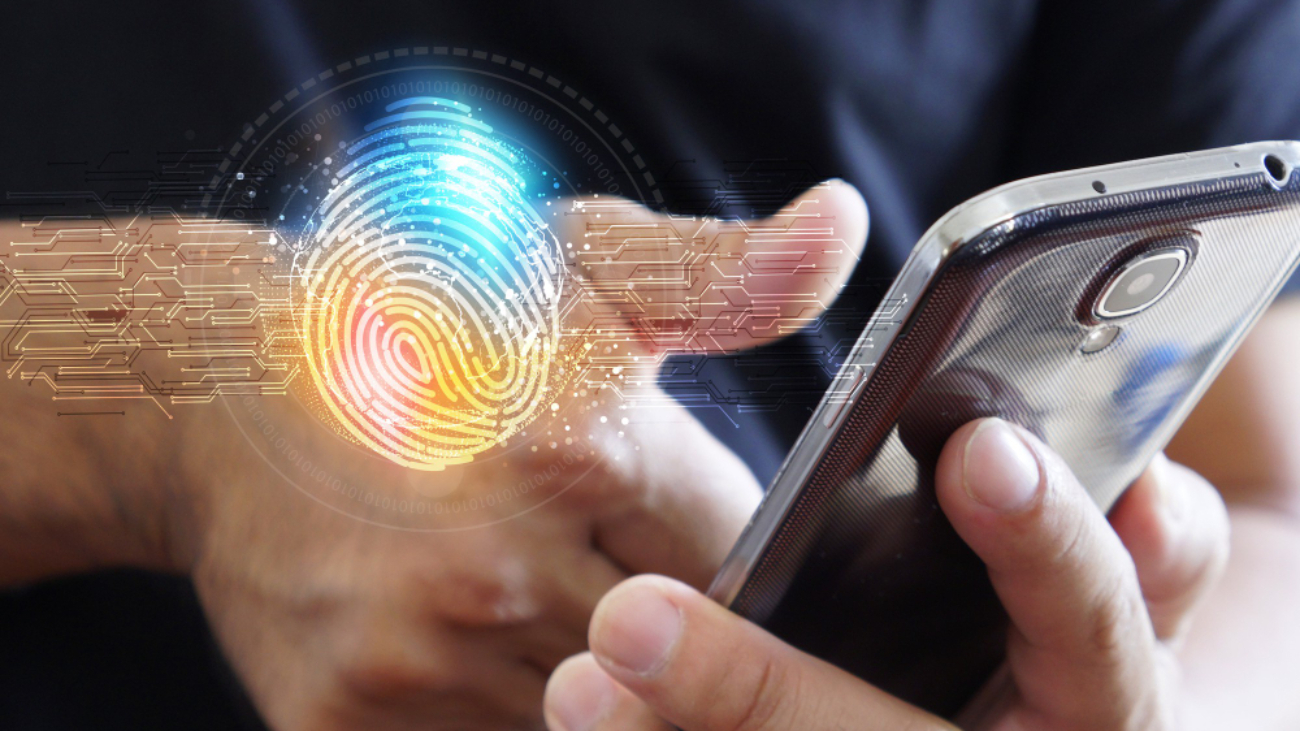The increasing prevalence of mobile devices such as smartphones and tablets has greatly changed how organizations implement multi-factor authentication (MFA) stated by Bahaa Abdul Hadi. In MFA (Multi-Factor Authentication), users must provide different forms of identification when accessing systems. This typically involves something you know, such as a password, and something you have, such as a mobile device. As mobile devices have become ubiquitous, they have become a convenient and reliable second factor for MFA.
The Benefits of Mobile MFA
MFA using mobile devices offers several benefits for modern organizations:
Convenience – Users already carry mobile devices everywhere, so leveraging them for MFA is convenient compared to physical tokens. This increases usage and adoption.
Security – Mobile MFA offers an added layer of security by tying access to the user’s physical device. This provides better protection against account compromise.
Flexibility – Mobile MFA can authenticate users across on-premise and cloud applications. Organizations can standardize MFA across their environment.
Cost – Mobile MFA solutions avoid purchasing and distributing separate tokens or devices to each user, reducing costs.
Deployment Strategies
The prevalence of mobile devices enables new deployment strategies for MFA:
Push Notifications
Many mobile MFA solutions use push notifications to approve authentication requests. This allows users to tap to approve without entering codes. Push notifications provide a streamlined mobile experience.
Mobile Apps
Dedicated MFA mobile apps like Google Authenticator and Microsoft Authenticator allow integration with various services. Users can access MFA for multiple accounts within a single app.
SMS Texts
While less secure than other methods, MFA via SMS text messages can provide a simple option for users who lack smartphones. It uses the mobile phone number as a second factor.
Biometrics
Mobile biometrics like fingerprint or facial recognition provide a passwordless MFA experience. It combines something you have (the mobile device) with something you are.
Considerations for Implementation
Organizations should keep several considerations in mind when planning mobile MFA:
- What types of mobile devices are used across your workforce? Options may vary across operating systems.
- How mature are mobile adoption and literacy within your organization? More complex options like biometrics may meet resistance.
- Do you have resources to support users as they move to mobile MFA? Adding authentication steps often generates an increase in support calls.
- How sensitive is the data you are protecting with MFA? Push notifications may not provide adequate security for high-risk scenarios.
The Future of Mobile MFA
Looking ahead, mobile devices will continue to evolve into the de facto multi-factor authentication solution. Widespread adoption makes mobile MFA a strong candidate for large-scale implementations at organizations. As mobile biometrics improve, they could become the standard for user-friendly and secure MFA.
The prevalence of mobile devices gives organisations more choice and flexibility as they deploy MFA. By embracing mobile-centric strategies, organizations can enable convenient and secure authentication experiences for employees and customers. The popularity and capabilities of mobile platforms will continue to shape the future of MFA deployment.
Thank you for your interest in Bahaa Abdul Hadi Blogs. For more information, please visit www.bahaaabdulhadi.com.







